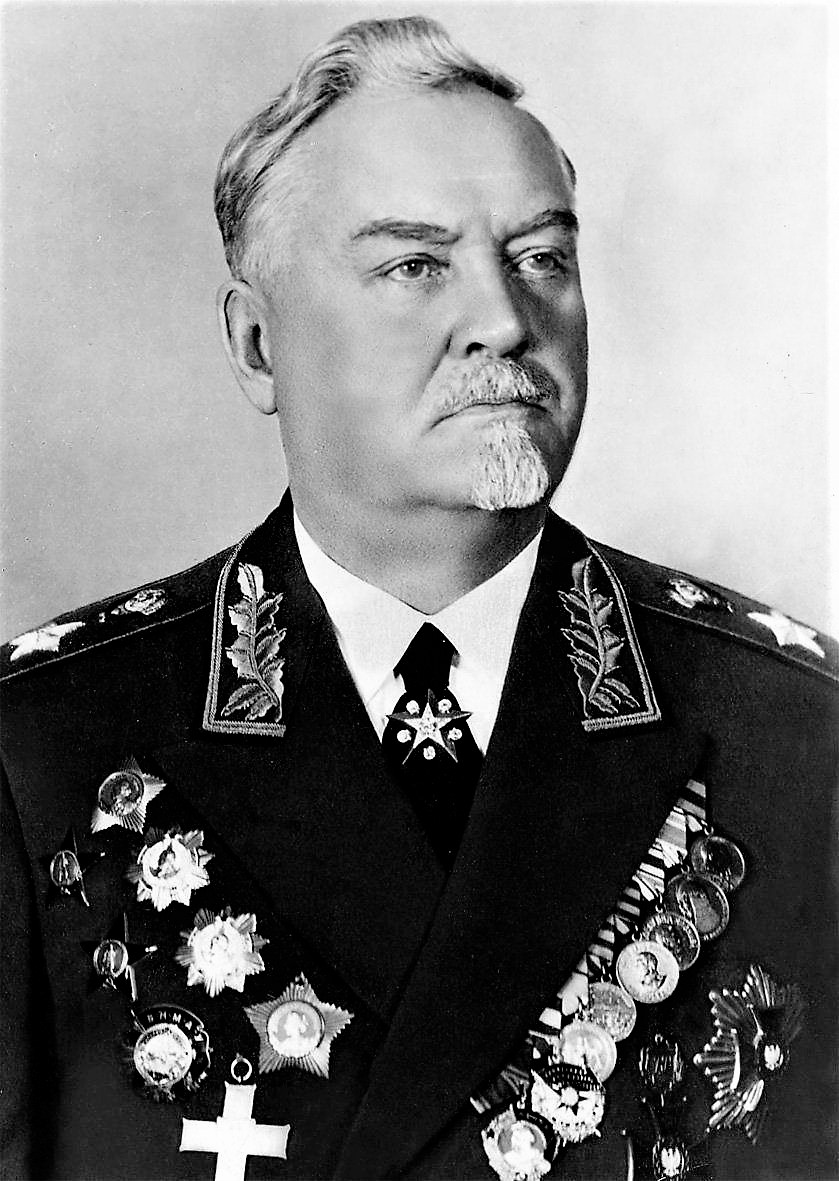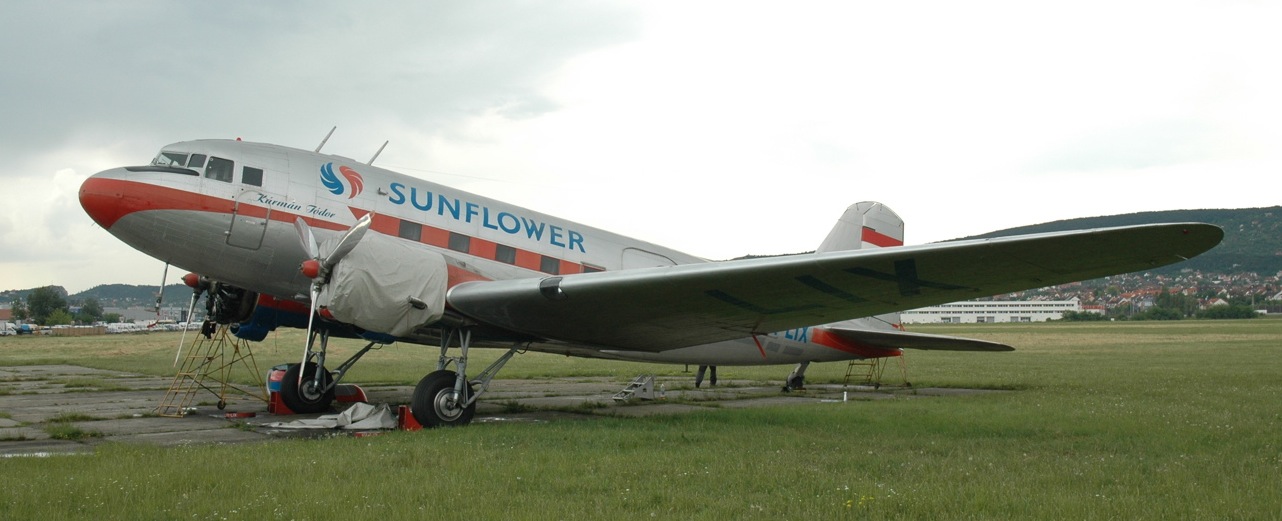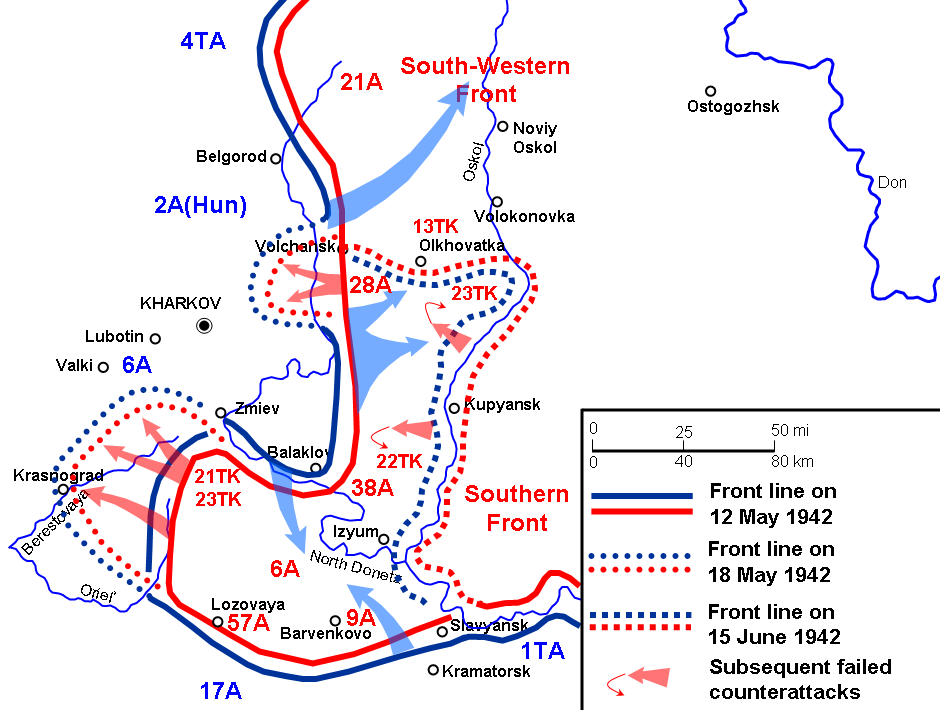|
Totskoye Nuclear Exercise
The Totskoye nuclear exercise was a military exercise undertaken by the Soviet Army to explore defensive and offensive warfare during nuclear war. The exercise, under the code name "Snowball", involved an aerial detonation of a 40 kt RDS-4 nuclear bomb. The stated goal of the operation was military training for breaking through heavily fortified defensive lines of a military opponent using nuclear weapons. An army of 45,000 soldiers marched through the area around the hypocenter soon after the nuclear blast. The exercise was conducted on September 14, 1954, at 9.33 a.m., under the command of Marshal Georgy Zhukov to the north of Totskoye village in Orenburg Oblast, Russia, in the South Ural Military District. The epicenter of the detonation is marked with a memorial. History In mid-September 1954, nuclear bombing tests were performed at the Totskoye proving ground during the training exercise ''Snezhok'' (russian: link=no, Снежок, ''Snowball'' or ''Light Snow'') w ... [...More Info...] [...Related Items...] OR: [Wikipedia] [Google] [Baidu] |
Military Exercise
A military exercise or war game is the employment of military resources in training for military operations, either exploring the effects of warfare or testing strategies without actual combat. This also serves the purpose of ensuring the combat readiness of garrisoned or deployable forces prior to deployment from a home base. While both war games and military exercises aim to simulate real conditions and scenarios for the purpose of preparing and analyzing those scenarios, the distinction between a war game and a military exercise is determined, primarily, by the involvement of actual military forces within the simulation, or lack thereof. Military exercises focus on the simulation of real, full-scale military operations in controlled hostile conditions in attempts to reproduce war time decisions and activities for training purposes or to analyze the outcome of possible war time decisions. War games, however, can be much smaller than full-scale military operations, do not t ... [...More Info...] [...Related Items...] OR: [Wikipedia] [Google] [Baidu] |
Nikolai Bulganin
Nikolai Alexandrovich Bulganin (russian: Никола́й Алекса́ндрович Булга́нин; – 24 February 1975) was a Soviet politician who served as Minister of Defense (1953–1955) and Premier of the Soviet Union (1955–1958) under Nikita Khrushchev, following service in the Red Army and as defence minister under Joseph Stalin. Early life and career Bulganin was born in 1895 in Nizhny Novgorod. The son of an office worker, he was of Russian ethnicity. He joined the Bolshevik Party in March 1917 and was recruited in 1918 into the Cheka, the Bolshevik regime's political police, where he served until 1922. During the summer of 1918, he worked with Lazar Kaganovich, the local communist leader, in imposing the Red Terror in Nizhny Novgorod. He worked with Kaganovich again in Turkestan in 1920. After the Russian Civil War (1917-1923), Bulganin became an industrial manager and worked in the electricity administration until 1927. He was the director of the Mo ... [...More Info...] [...Related Items...] OR: [Wikipedia] [Google] [Baidu] |
Radioactive Cloud
Nuclear fallout is the residual radioactive material propelled into the upper atmosphere following a nuclear blast, so called because it "falls out" of the sky after the explosion and the shock wave has passed. It commonly refers to the radioactive dust and ash created when a nuclear weapon explodes. The amount and spread of fallout is a product of the size of the weapon and the altitude at which it is detonated. Fallout may get entrained with the products of a pyrocumulus cloud and fall as black rain (rain darkened by soot and other particulates, which fell within 30–40 minutes of the atomic bombings of Hiroshima and Nagasaki). This radioactive dust, usually consisting of fission products mixed with bystanding atoms that are neutron-activated by exposure, is a form of radioactive contamination. Types of fallout Fallout comes in two varieties. The first is a small amount of carcinogenic material with a long half-life. The second, depending on the height of detonatio ... [...More Info...] [...Related Items...] OR: [Wikipedia] [Google] [Baidu] |
Li-2
The Lisunov Li-2 (NATO reporting name: Cab), originally designated PS-84, was a license-built Soviet-version of the Douglas DC-3. It was produced by Factory #84 in Moscow-Khimki and, after evacuation in 1941, at TAPO in Tashkent. The project was directed by aeronautical engineer Boris Pavlovich Lisunov. Design and development The Soviet Union received its first DC-2 in 1935. A total of 18 DC-3s had been ordered on 11 April 1936, and the government of the USSR purchased 21 DC-3s for operation by Aeroflot before World War II. A production license was awarded to the government of the USSR on 15 July 1936. Lisunov spent two years at the Douglas Aircraft Company, between November 1936 and April 1939 translating the design. One of the engineers who accompanied him to Douglas was Vladimir Mikhailovich Myasishchev. Design work and production were undertaken at State Aviation Factory 84 in Khimki (now a suburb of Moscow). [...More Info...] [...Related Items...] OR: [Wikipedia] [Google] [Baidu] |
Great Russian Encyclopedia
The ''Great Russian Encyclopedia'' (GRE; russian: Большая российская энциклопедия, БРЭ, transliterated as ''Bolshaya rossiyskaya entsiklopediya'' or academically as ''Bolšaja rossijskaja enciklopedija'') is a universal Russian encyclopedia, completed in 36 volumes, published between 2004 and 2017 by Great Russian Encyclopedia, JSC (russian: Большая российская энциклопедия ПАО, transliterated as ''Bolshaya rossiyskaya entsiklopediya PAO''). It is released under the auspices of the Russian Academy of Sciences (RAS) after President Vladimir Putin signed a presidential decree №1156 in 2002. The complete edition was released by 2017. The chief editor of the encyclopedia is Yury Osipov, the president of the RAS. The editorial board has more than 80 RAS members, including the Nobel Prize laureates Zhores Alferov and Vitaly Ginzburg. The first, introductory volume, released in 2004, is dedicated to Russia. Thirty-f ... [...More Info...] [...Related Items...] OR: [Wikipedia] [Google] [Baidu] |
Armoured Personnel Carriers
An armoured personnel carrier (APC) is a broad type of armoured military vehicle designed to transport personnel and equipment in combat zones. Since World War I, APCs have become a very common piece of military equipment around the world. According to the definition in the Treaty on Conventional Armed Forces in Europe, an APC is "an armoured combat vehicle which is designed and equipped to transport a combat infantry squad and which, as a rule, is armed with an integral or organic weapon of less than 20 millimetres calibre." Compared to infantry fighting vehicles (IFVs), which are also used to carry infantry into battle, APCs have less armament and are not designed to provide direct fire support in battle. Infantry units which travel in APCs are known as mechanized infantry. Some militaries also make a distinction between infantry units which use APCs and infantry units which use IFVs, with the latter being known as armoured infantry in such militaries. History The genesis ... [...More Info...] [...Related Items...] OR: [Wikipedia] [Google] [Baidu] |
Self-propelled Gun
Self-propelled artillery (also called locomotive artillery) is artillery equipped with its own propulsion system to move toward its firing position. Within the terminology are the self-propelled gun, self-propelled howitzer, self-propelled mortar, and rocket artillery. They are high mobility vehicles, usually based on continuous tracks carrying either a large field gun, howitzer, mortar, or some form of rocket/missile launcher. They are usually used for long-range indirect bombardment support on the battlefield. In the past, self-propelled artillery has included direct-fire vehicles, such as assault guns and anti-tank guns ( tank destroyers). These have been armoured vehicles, the former providing close fire-support for infantry and the latter acting as specialized anti-tank vehicles. Modern self-propelled artillery vehicles often mount their main gun in a turret on a tracked chassis so they superficially resemble tanks. However they are generally lightly armoured wh ... [...More Info...] [...Related Items...] OR: [Wikipedia] [Google] [Baidu] |
Tank
A tank is an armoured fighting vehicle intended as a primary offensive weapon in front-line ground combat. Tank designs are a balance of heavy firepower, strong armour, and good battlefield mobility provided by tracks and a powerful engine; usually their main armament is mounted in a turret. They are a mainstay of modern 20th and 21st century ground forces and a key part of combined arms combat. Modern tanks are versatile mobile land weapons platforms whose main armament is a large- caliber tank gun mounted in a rotating gun turret, supplemented by machine guns or other ranged weapons such as anti-tank guided missiles or rocket launchers. They have heavy vehicle armour which provides protection for the crew, the vehicle's munition storage, fuel tank and propulsion systems. The use of tracks rather than wheels provides improved operational mobility which allows the tank to overcome rugged terrain and adverse conditions such as mud and ice/snow better than wheel ... [...More Info...] [...Related Items...] OR: [Wikipedia] [Google] [Baidu] |
270th Rifle Division
The 270th Rifle Division () was a Red Army infantry division formed twice during World War II, in 1941 and 1942. The division was first formed in July 1941 and was destroyed in the Second Battle of Kharkov. Reformed in the summer of 1942, the division fought on the Eastern Front for the rest of the war. Postwar, it was relocated to the south Urals and downsized into a brigade. The brigade was briefly expanded back to a division in 1953, but was renumbered in 1955. History First Formation The 270th began forming on 10 July 1941 at Melitopol, part of the Odessa Military District, under the command of Colonel Zaki Kutlin. Its key fighting units included the 973rd, 975th, and the 977th Rifle Regiments, as well as the 810th Artillery Regiment. Formed from militia and reservists east of the Dnieper bend in about a month, the division was assigned to the Southern Front's 12th Army by late August. In September, it was transferred to the 6th Army of the Southwestern Front. In Janu ... [...More Info...] [...Related Items...] OR: [Wikipedia] [Google] [Baidu] |
Semipalatinsk Test Site
The Semipalatinsk Test Site (Russian: Семипалатинск-21; Semipalatinsk-21), also known as "The Polygon", was the primary testing venue for the Soviet Union's nuclear weapons. It is located on the steppe in northeast Kazakhstan (then the former Kazakh SSR), south of the valley of the Irtysh River. The scientific buildings for the test site were located around west of the town of Semipalatinsk (later renamed Semey), near the border of East Kazakhstan Region and Pavlodar Region with most of the nuclear tests taking place at various sites further to the west and south, some as far as into Karagandy Region. The former Soviet Union conducted 456 nuclear tests at Semipalatinsk from 1949 until 1989 with little regard for their effect on the local people or environment. The full impact of radiation exposure was hidden for many years by Soviet authorities and has only come to light since the test site closed in 1991. According to estimates from Kazakh experts, 1.5 million peopl ... [...More Info...] [...Related Items...] OR: [Wikipedia] [Google] [Baidu] |
Tupolev Tu-4
The Tupolev Tu-4 (russian: Туполев Ту-4; NATO reporting name: Bull) is a piston-engined Soviet strategic bomber that served the Soviet Air Force from the late 1940s to mid-1960s. It was reverse-engineered from the American Boeing B-29 Superfortress. Design and development Toward the end of World War II, the Soviet Union saw the need for a strategic bombing capability similar to that of the United States Army Air Forces. The Soviet VVS air arm had the locally designed Petlyakov Pe-8 four-engined "heavy" in service at the start of the war, but only 93 had been built by the end of the war and the type had become obsolete. The U.S. regularly conducted bombing raids on Japan, from distant Pacific forward bases using B-29 Superfortresses. Joseph Stalin ordered the development of a comparable bomber. The U.S. twice refused to supply the Soviet Union with B-29s under Lend Lease. [...More Info...] [...Related Items...] OR: [Wikipedia] [Google] [Baidu] |
Rodion Malinovsky
Rodion Yakovlevich Malinovsky (russian: Родио́н Я́ковлевич Малино́вский, ukr, Родіо́н Я́кович Малино́вський ; – 31 March 1967) was a Soviet military commander. He was Marshal of the Soviet Union, and Minister of Defence of the Soviet Union in the late 1950s and 1960s. During World War II, he contributed to the defeat of Nazi Germany at the Battle of Stalingrad and the Battle of Budapest. During the post-war era, he made a pivotal contribution to the strengthening of the Soviet Union as a military superpower. Early life Before and during World War I A Ukrainian, Malinovsky was born in Odessa to a single mother (a version has Malinovsky being born after the death of his father, others simply have the father as unknown). Malinovsky's mother soon left the city for the rural areas of Southern Russia, and married. Her husband, a poverty-stricken peasant, refused to adopt her son and expelled him when Malinovsky was only 1 ... [...More Info...] [...Related Items...] OR: [Wikipedia] [Google] [Baidu] |








